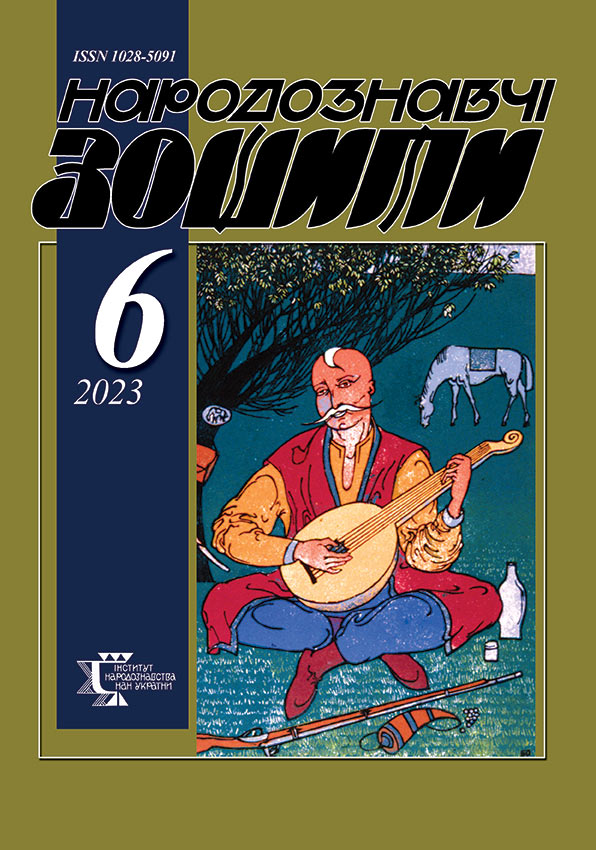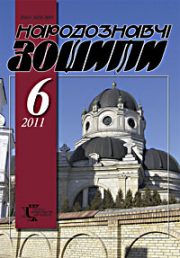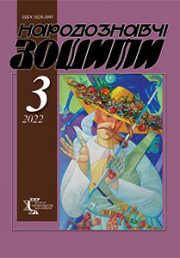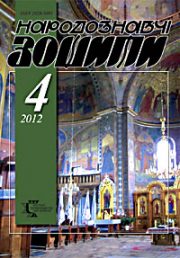2023 year, issue 6
The Ethnology Notebooks. 2023. № 6 (174). P. 1331-1532
DOI https://doi.org/10.15407/nz2023.06

Articles
KORNIICHUK Sofia
VALERIE BEZUSHKO: THE PERIOD OF ARTISTIC ACTIVITY IN CENTRAL ASIA PUBLISHERS
1397—1407
TSYMBALA Lada
HALYNA STELMASCHUK: TWENTY YEARS OF HEADING THE ART HISTORY AND THEORY DEPARTMENT
1408—1415
MOVNA Marianna
BOGDAN JANUSH‘S TWO GUIDES TO LVIV
1416—1423
SILETSKYI Roman
A RITUAL BUILDING TREE IN MINIATURE OF THE RADZIWILL CHRONICLE
1424—1429
DAVYDIUK Viktor
REGIONAL FEATURES OF CARPATHIAN FOLKLORE IN THE CONTEXT OF POPULATION GENETICS
1450—1458







